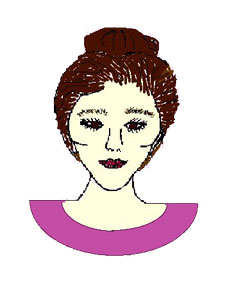  |
||
|
|
Pineal Type Health Risks Under prolonged stress may experience:
Often recessive gonad function, leading to:
And often recessive pituitary function, leading to:
May become overwhelmed by other people's influence and crash into paranoia or false thinking, then retreat into isolation.
Typical Pineal Type Therapies
Supplements: B-complex, trace minerals, glutamine, GABA
Pineal Gland Hormones The pineal gland is a biological clock and photo-receptor located deep inside the brain. It contains endocrine, neural and retinal (eye) tissue. It senses light through the eyes and adjusts the body to the environment.
|




|
|
Home | Gonad | Pancreas | Thymus | Thyroid | Pituitary | Pineal | Balanced Copyright Laura Power and Dario Nardi, August 2004. All written material and body type illustrations on this site are the exclusive properly of Laura Power and Dario Nardi. Please contact us for more information. |
||
